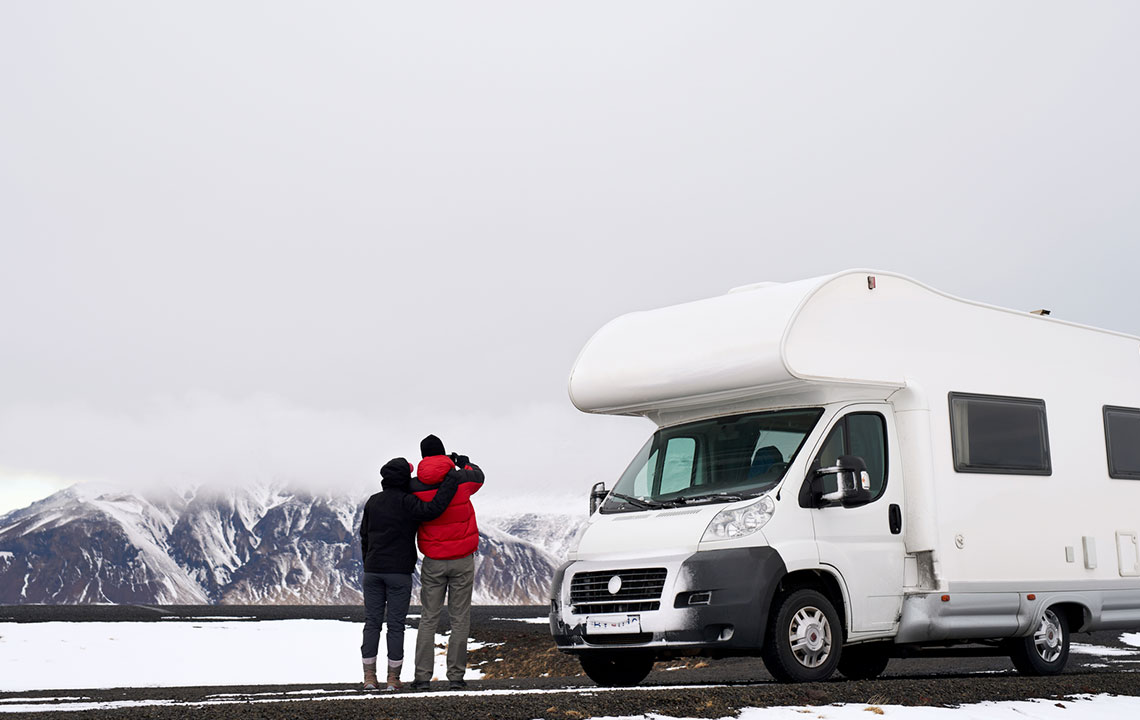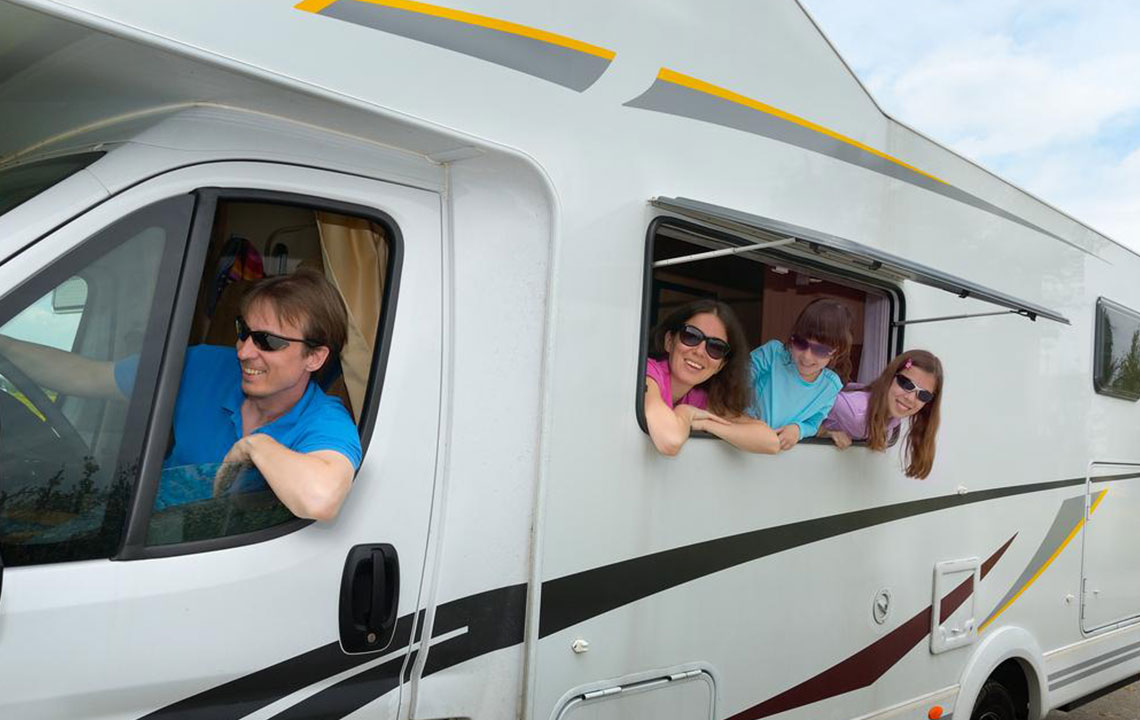Ultimate Guide to Renting an RV for Your Perfect Road Trip Adventure
Discover comprehensive tips for renting an RV, including choosing the right model, understanding costs, and driving safely. This guide ensures your road trip is enjoyable, safe, and unforgettable, whether you're a seasoned traveler or new to RV adventures.

Ultimate Guide to Renting an RV for Your Perfect Road Trip Adventure
Dreaming of exploring new destinations on the open road? Embarking on a memorable road trip with friends or family in a well-equipped Recreational Vehicle (RV) can turn that dream into reality. For many outdoor enthusiasts, an RV represents freedom, comfort, and convenience, allowing travelers to access diverse locations without the hassle of hotel bookings or packing and unpacking repeatedly. However, renting an RV involves more than just selecting a vehicle—it requires understanding the different types of RVs available, knowing the rental process, and preparing for a safe and enjoyable journey. Since owning an RV isn’t always practical or affordable for everyone, renting offers a fantastic alternative, giving you access to luxury and convenience without a long-term commitment.
This comprehensive guide dives into every aspect of RV rental—from choosing the right model, understanding the costs involved, to driving tips that ensure a smooth experience. Whether you're planning a weekend getaway or an extensive cross-country adventure, being informed will ensure your trip is hassle-free, enjoyable, and truly unforgettable.
Planning an RV trip? Here’s everything you need to know for a seamless rental experience. From understanding different RV types to managing costs and driving safety, this guide covers all essential aspects to help you have a memorable adventure on the road.
Comprehensive Understanding of Different RV Types
Much like choosing a car, selecting the right RV for your journey depends on understanding the variety of models available. Each type has distinct features, capacities, and driving requirements, making it essential to match your particular needs with the appropriate vehicle. Here are the most common RV categories:
Class-C Motorhomes
Class-C Motorhomes are popular for their versatility and practical design. These vehicles combine the comfort of a traditional motorhome with the drivability of a van chassis, making them ideal for families and groups seeking a balance of space and maneuverability. Typically, Class-Cs feature an over-cab sleeping area, a kitchenette, bathroom facilities, and multiple sleeping arrangements, comfortably accommodating up to five travelers. They are perfect for those new to RVing or looking for a manageable yet spacious vehicle.
Class-A Motorhomes
The largest and most luxurious of all RV types, Class-A motorhomes resemble bus-like structures with extensive interiors. They boast ample living space, multiple slide-outs, full kitchens, bathrooms, and entertainment systems. Their spaciousness is ideal for extended trips or full-time RV living, providing a home-away-from-home experience. However, due to their size and weight, they require experienced drivers and may pose challenges when navigating narrow roads or tight turns. They’re best suited for seasoned RV enthusiasts or travelers who prioritize luxury and comfort.
Fifth Wheel Campers
Fifth wheel trailers are towed by trucks equipped with a special hitch called a fifth-wheel hitch, installed in the truck bed. They offer large living spaces, multiple bedrooms, and full amenities similar to stationary homes. Their unique hitch system provides enhanced stability while towing, making them a popular choice for larger groups or families planning long-term or stationary camping trips. They require a truck capable of towing their weight, so ensure your vehicle is prepared for this task.
Towable Travel Trailers
Designed for easy towing by various trucks or SUVs, travel trailers are versatile, lightweight, and come in a wide range of sizes. They include basic features like sleeping areas, kitchens, and bathroom facilities, making them suitable for small families or couples. Travel trailers are easier to maneuver than larger motorhomes and often more affordable, providing flexibility for travelers who prefer to rent or own multiple vehicle combinations.
Rental Procedures: Deposits, Insurance, and Extra Fees
Before renting an RV, understanding the financial and legal requirements is crucial. Most rental companies require several forms of deposits: a reservation deposit to hold the vehicle and a refundable security deposit that covers potential damages or loss. These deposits can vary depending on the provider and the vehicle size. Always clarify the terms and conditions before making your reservation.
Insurance is a mandatory component of RV rentals. Rental agencies typically offer insurance packages, or you might need to purchase coverage separately through your personal insurer or third-party providers. It’s vital to review the coverage details, including liability, collision, and comprehensive protection, to avoid surprises during your trip. Adequate insurance safeguards you against accidents, damages, or theft, helping you travel with peace of mind.
Additional charges such as mileage fees, cleaning fees, or late return fees may apply depending on the rental agreement. Planning your trip route and duration can help optimize costs. Always read the rental contract thoroughly, noting any extra charges or restrictions to prevent unexpected expenses.
Pricing and Cost-Saving Tips
Rental rates for RVs fluctuate based on factors like size, type, season, and rental duration. Larger and more luxurious models typically command higher daily rates, but seasonal discounts, off-peak specials, and early bookings can significantly reduce costs. Many rental providers also offer weekly or monthly discounts, making extended trips more economical.
Estimating your total expenses involves considering not just the rental fee but also fuel, insurance, campground fees, and additional equipment or supplies. Planning your route carefully can minimize mileage charges and maximize your enjoyment without stretching your budget.
Driving Tips for a Safe and Enjoyable Journey
Driving an RV requires special attention and skills. These vehicles are larger and heavier than typical cars, which affects braking distances, turning radii, and blind spots. Before your trip, familiarize yourself with the vehicle’s size, weight limits, and handling characteristics.
Ensure you have the appropriate driver’s license—some states or countries require a special license for larger RVs. Always conduct a pre-trip inspection, checking tires, brakes, lights, and fluids. During your journey, drive at moderate speeds, especially on curves or uneven terrain, and use mirrors and cameras to monitor blind spots.
Plan your route to avoid narrow or low-clearance bridges, and be cautious when parking or backing into campsites. Rest regularly to prevent fatigue—driving an RV can be demanding, but the breathtaking scenery and unforgettable experiences make it worthwhile.
In conclusion, renting an RV is an excellent way to explore the world at your pace, experiencing nature, comfort, and adventure firsthand. With proper planning, understanding of your vehicle, and safety precautions, your road trip can be a truly rewarding experience that creates lasting memories for you and your loved ones.





